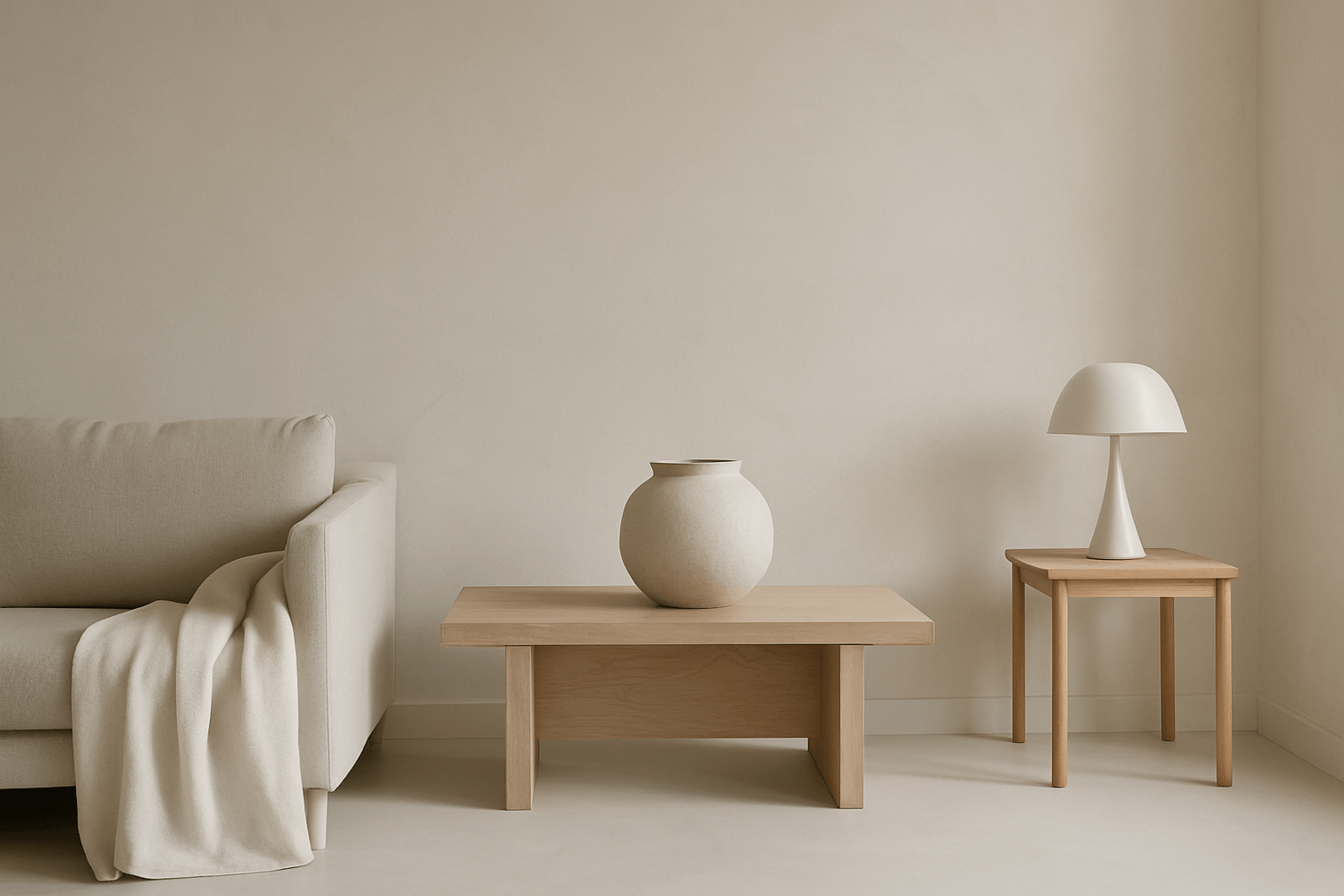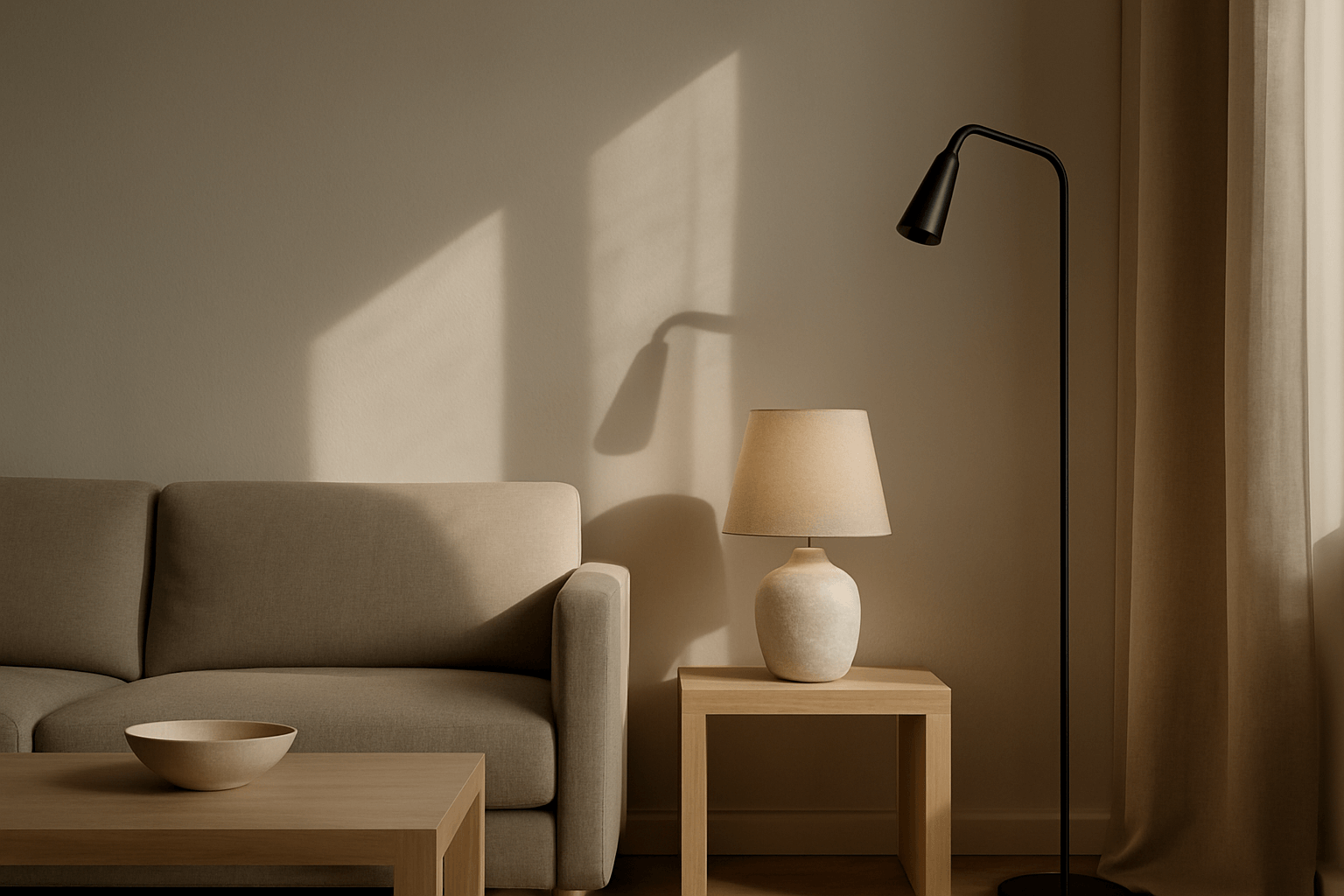When Usefulness Becomes the Aesthetic
Minimalism isn’t about removing for the sake of emptiness.
It’s about focusing on what truly matters — objects that serve a purpose, designed beautifully in their simplicity.
In minimalist interiors, function becomes the beauty.
1. Purpose-Driven Design Choices
Before adding anything to a space, ask:
-
Does this serve a daily function?
-
Does its design enhance, not distract?
-
Does it offer simplicity of use?
This mindset ensures your space is filled with intentional, useful beauty.
2. Sculptural Functionality
Minimalist design elevates everyday objects through:
-
Clean lines
-
Honest materials (wood, stone, metal)
-
Thoughtful proportions
A simple floor lamp, a functional storage bench, or an uncluttered table becomes a sculptural feature.
3. Multi-Functionality as a Minimalist Principle
Objects that serve more than one purpose reduce clutter:
-
Storage integrated into seating
-
Lighting that also frames space architecturally
-
Tables that double as display surfaces
Minimalism values versatility as a form of elegance.
4. Simplified Surfaces, Enhanced Experience
In minimalist spaces:
-
Surfaces are kept clean for ease of use
-
Materials are chosen for sensory quality (touch, look, feel)
-
Every interaction with an object is intentional and satisfying
This elevates daily rituals into mindful moments.
5. Functional Spaces That Adapt with You
Minimalist interiors avoid over-styling.
They prioritize:
-
Open layouts that evolve with life
-
Modular furniture that adapts to needs
-
Flexibility in design without visual chaos
Function aligns with rhythm of living.
Final Thought
In minimalist design, beauty doesn’t come from decoration.
It comes from function, form, and thoughtful use.
When every object earns its place, your home becomes a reflection of ease, purpose, and quiet beauty.
















